Ambispora leptoticha
(reference accession FL130A)
Before Ambispora leptoticha was recognized as being dimorphic, each spore type had been classified as members of separate families (Acaulosporaceae and Glomeraceae). Some of these species needed synonymization Morton et al. (1997) so that four species (two in Glomus and two in Acaulospora) were reduced to two species (one in Glomus and one in Acaulospora). These changes are summarized immediately below.
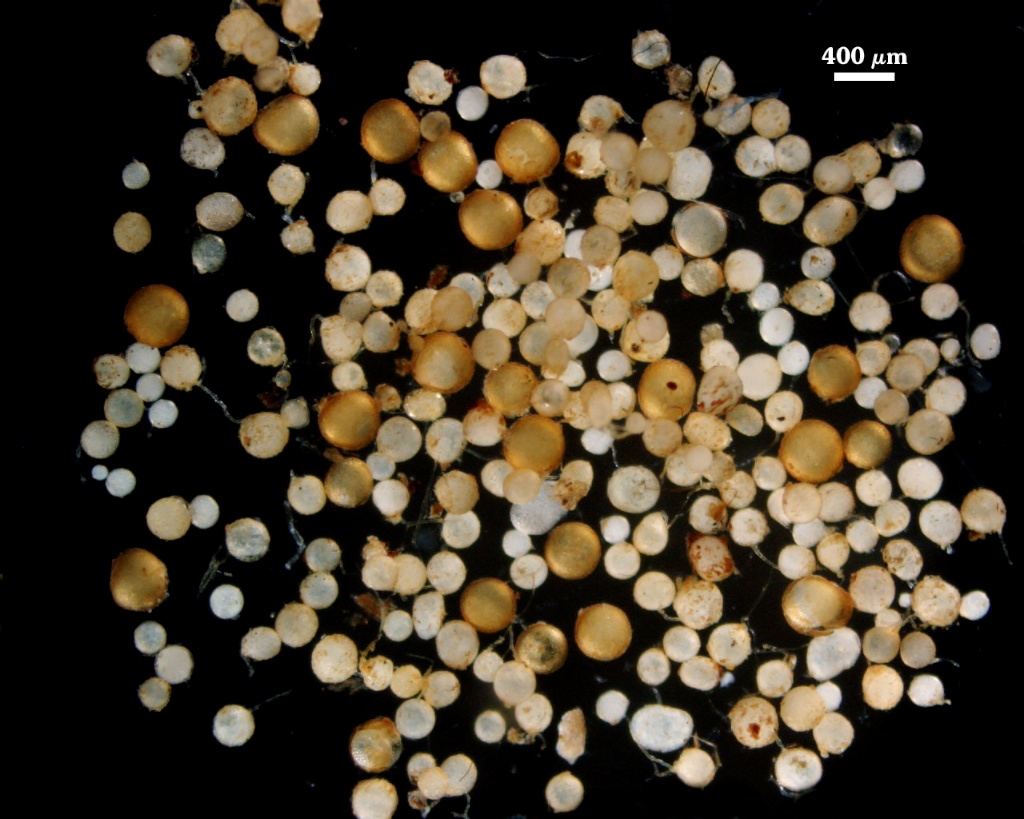
Acaulosporiod synanamorph
| Nicolson & Schenck (1979) | Schenck et al. (1984) | Morton et al. (1997) |
|---|---|---|
| Described as a new species, Acaulospora gerdemannii | Described as a new species, Acaulospora appendicula | Synonymization of the two species as Ac. gerdemannii |
Glomoid synanamorph
| Schenck and Smith (1982) | Schenck and Smith (1982) | Morton et al. (1997) |
|---|---|---|
| Described as a new species, Glomus leptotichum | Described as a new species, Glomus fecundisporum | Synonymization of the two species as G. leptotichum |
Morpotypes
The next step (same paper) was to recognize that both of these “species” were different morpotypes of the same organism and to use the first assigned name (nomenclatural priority). That name was Acaulospora leptoticha. Morphology alone couldn’t go any further because homologies were uncertain with so much divergence between two families. Sequence data, which is universal to all living organism, bridges this developmental gap. SSU data verified the dimorphism and also determined that this species was in a completely different than either Glomus or Acaulospora and was more deeply rooted (Redecker et al., 2000). Other related species became recognized and placed in a new genus and family, Archaeospora, Archaeosporaceae (Morton et al. 2001).
Spain et al. (2006) took steps to place the dimorphic species into a new genus (Appendicispora) and to keep the strictly acaulosporoid species (Ar. trappei) separate. But then these workers created a huge mess by resurrecting all of the species that had been synonymized into Ar. leptoticha. They did this by focusing only on a few select morphological characters that appeared discrete but in reality were extremes in a continuum of variation. So the entire exercise was based on artifacts, but it has been perpetuated in the literature (a taxonomic conundrum). Walker et al. (2007a) independently recognized another dimorphic species and Glomus callosum as being most closely related to Ar. leptoticha and Ar. gerdemannii sensu lato and placed them all in a new genus Ambispora.
Nomenclatural priority necessitated that this genus name be dumped and all of the taxa transferred to Appendicispora (Walker et al., 2007b). But then these workers later discovered the name Appendicispora was in use by a different group of organisms (a homonym) and Ambispora was resurrected (the second coming?). But now all those pesky Glomus and Acaulospora species separated out by Spain et al. (2006) were retained and they became member species in Ambispora (Walker, 2008). So now we have a genus with species forming glomoid spores only, acaulosporoid spores only, or forming dimorphic spores. Make sense yet? Smile, don’t cry—it doesn’t solve anything. Regardless of your take on all this, Am. leptoticha (and Am. gerdemannii) are true species. We have worked that out using clearly congruent morphological and molecular data from 15 accessions together with sequences from GenBank. This information is being reported in a manuscript in Mycorrhiza, which has been accepted for publication and will appear shortly online (Feb-Mar, 2015).
The images below can be uploaded into your browser by clicking on the thumbnail or can be downloaded to your computer by clicking on the link below each image. Please do not use these images for other than personal use without expressed permission from INVAM.
High Resolution Images | |
|---|---|
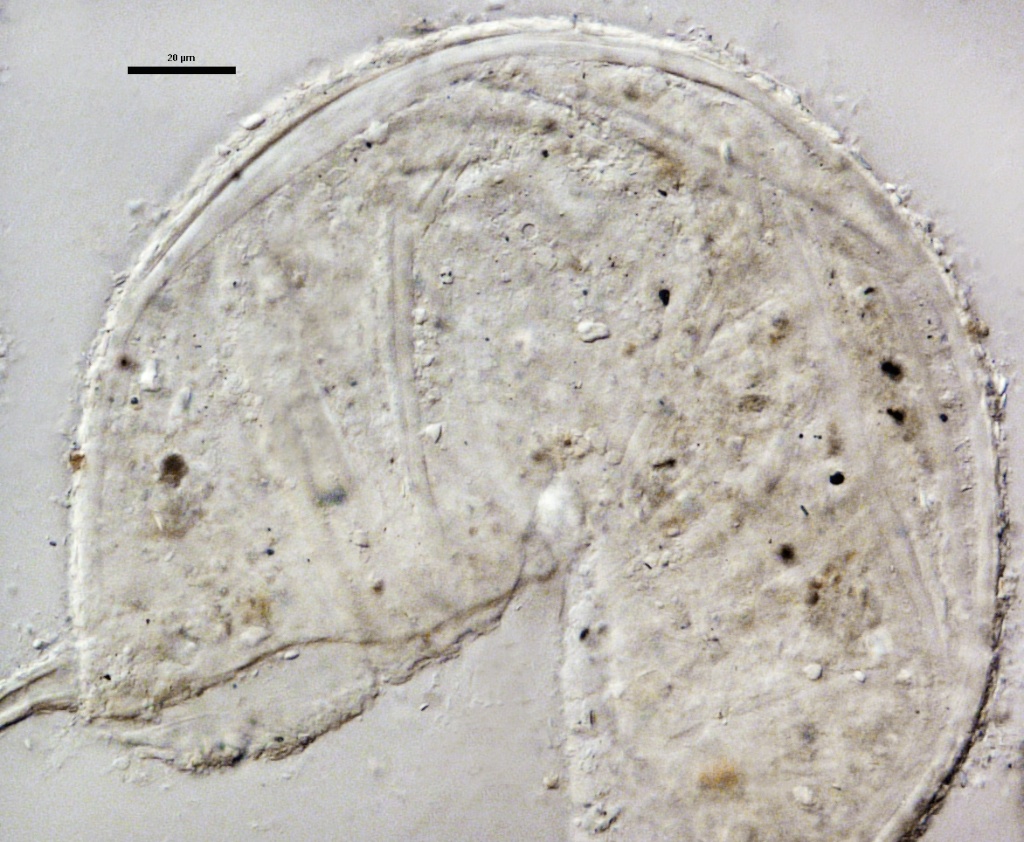 | 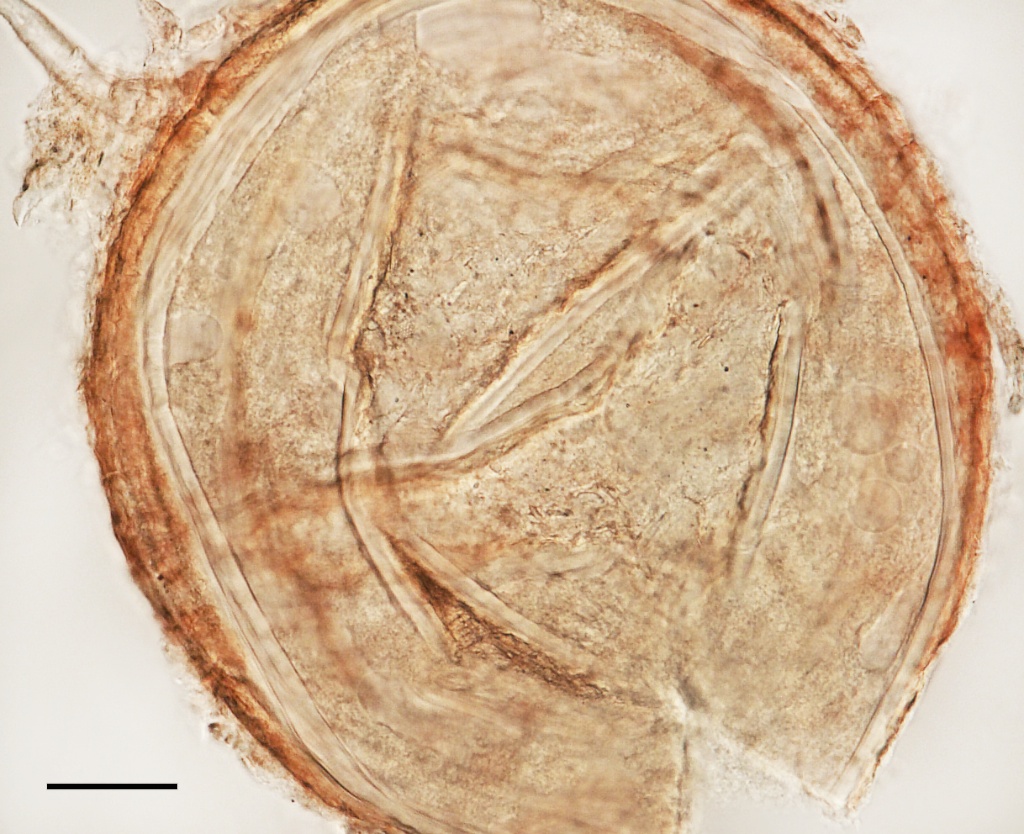 |
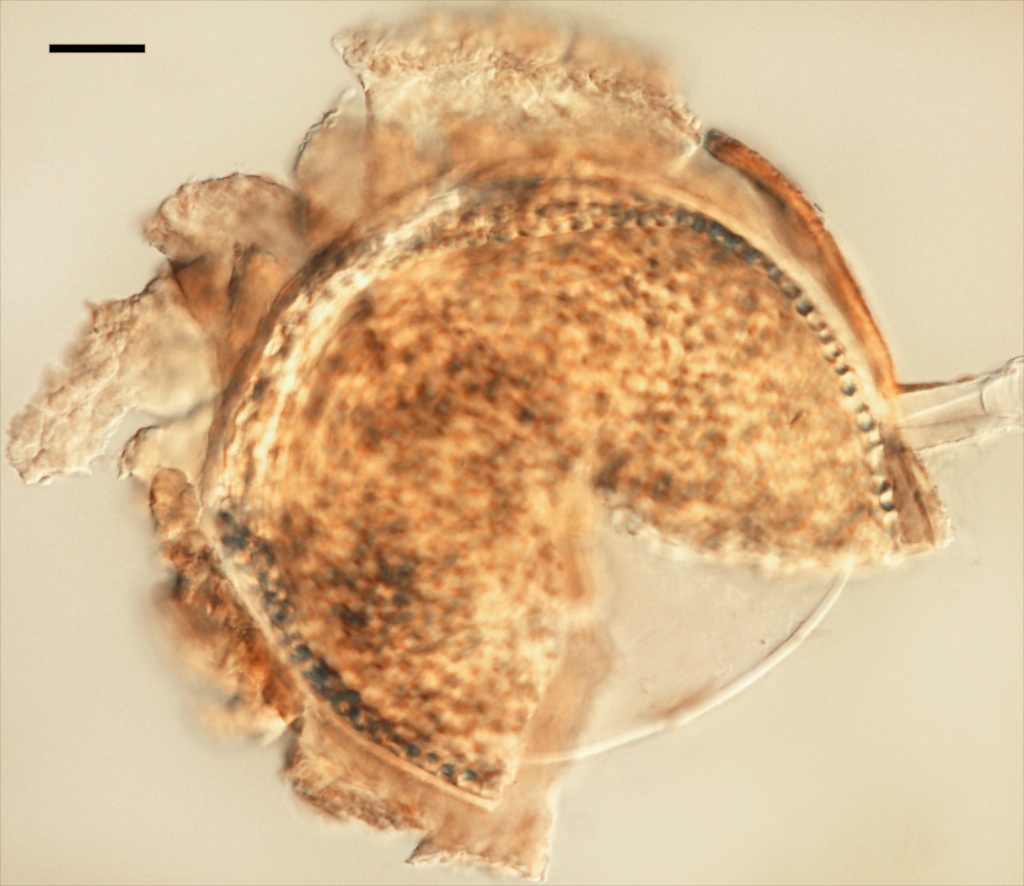 | 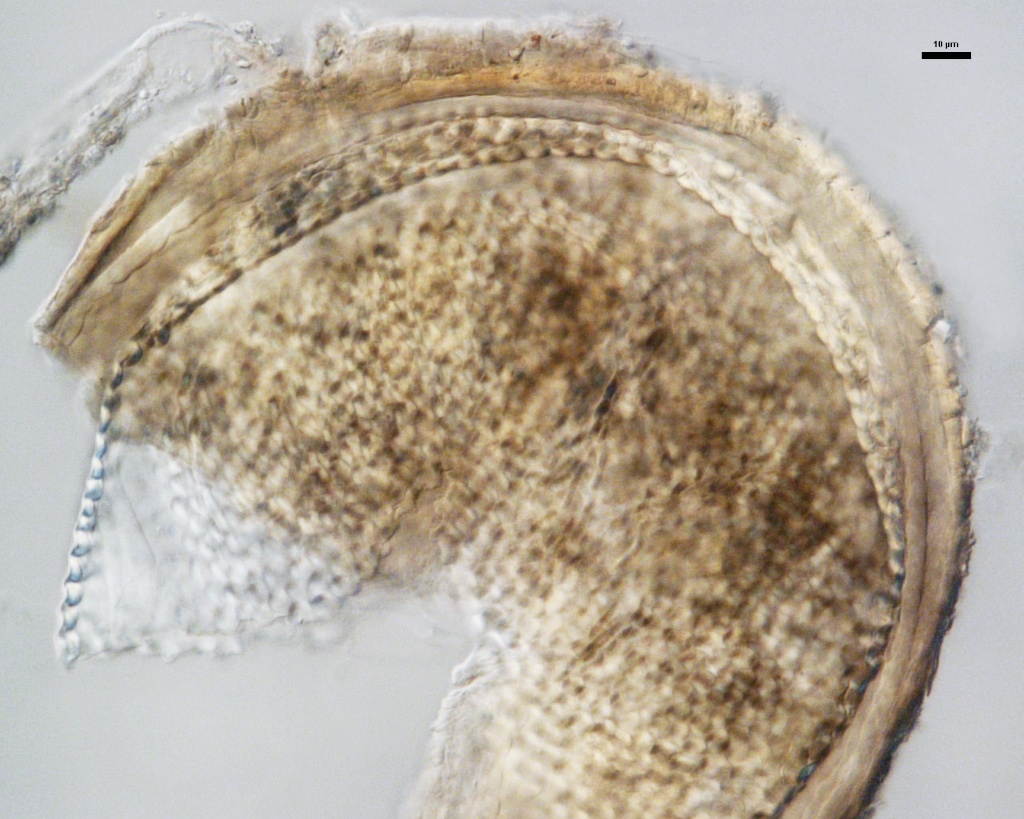 |
 | 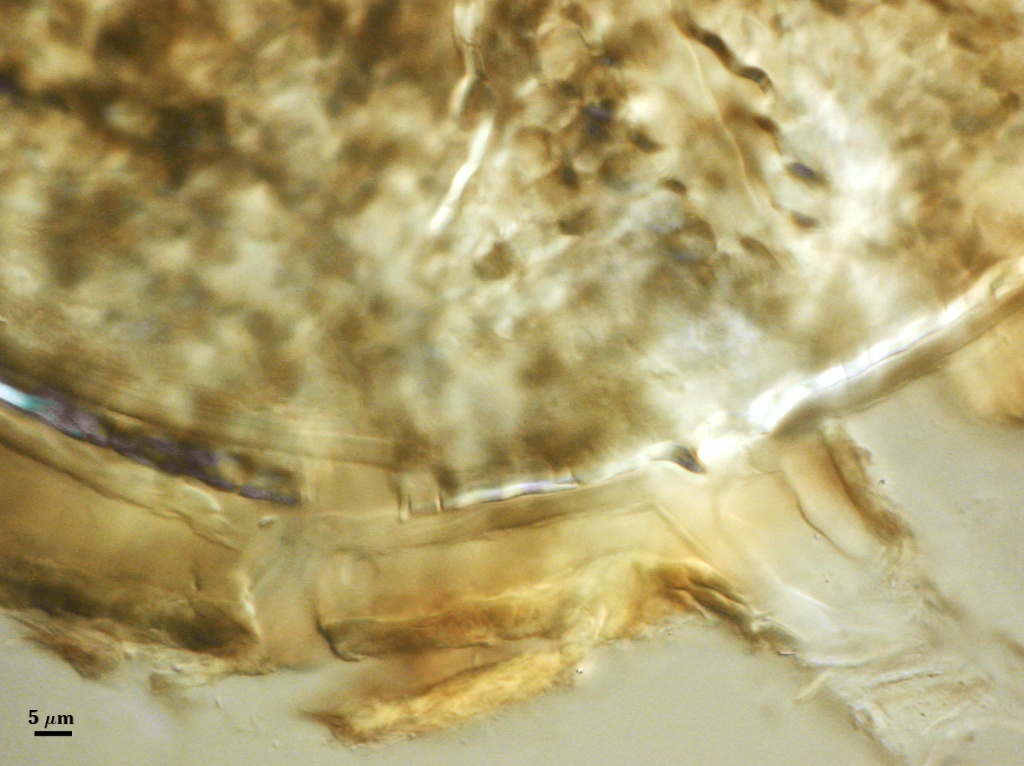 |
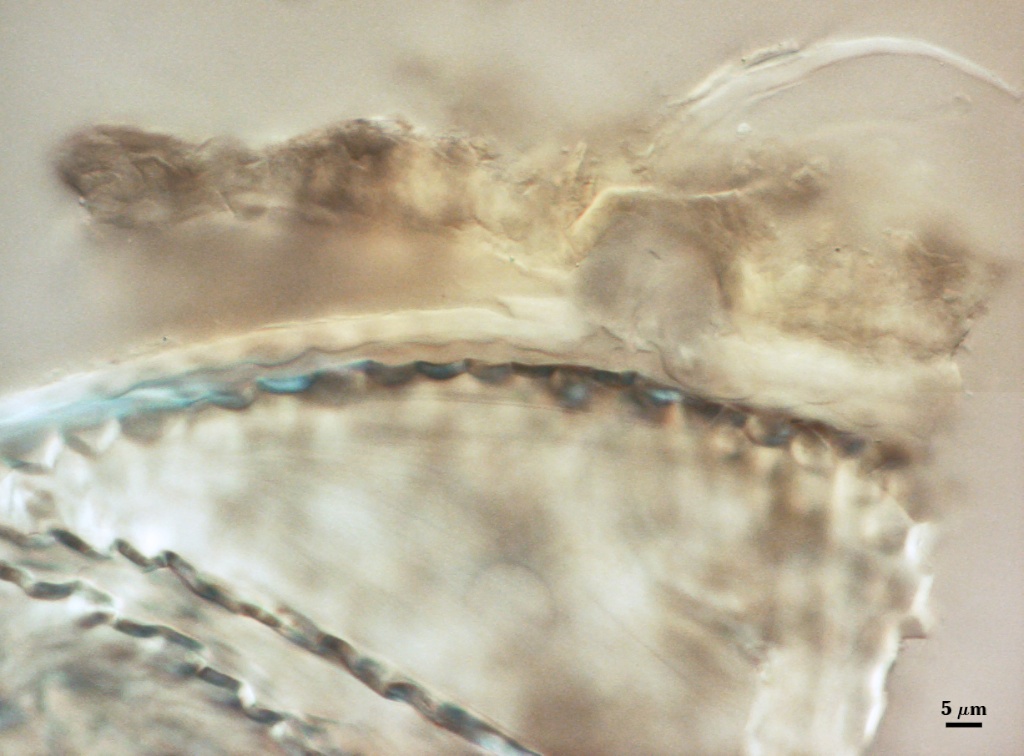 | 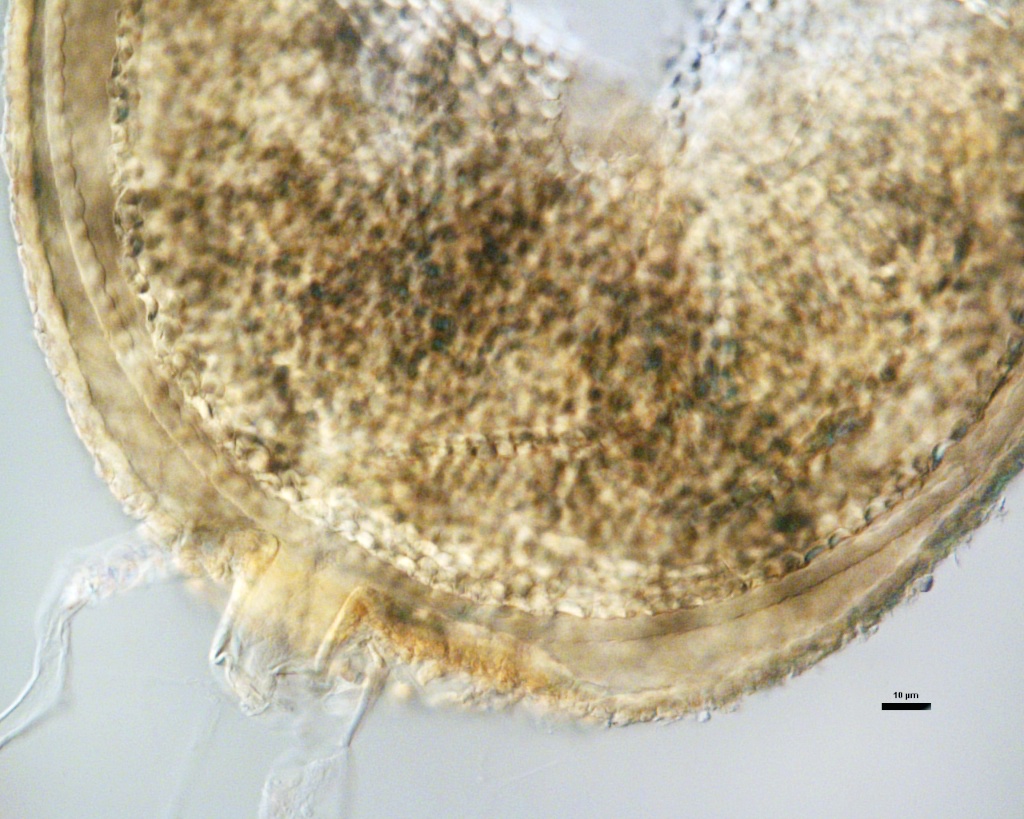 |
Reference
- Morton, J. B., J. D. Bever, and F. L. Pfleger. 1997. Taxonomy of Acaulospora gerdemannii and Glomus leptotichum, synanamorphs of one anamorphic fungus in Glomales. Mycological Research 101:625-631.
- Morton, J. B. and D. Redecker. 2001. Two new families of Glomales, Archaeosporaceae and Paraglomaceae, with two new genera Archaeospora and Paraglomus, based on concordant molecular and morphological characters. Mycologia 93:181-195.
- Nicolson, T. H. and N. C. Schenck. 1979. Endogonaceous mycorrhizal endophytes in Florida. Mycologia 71:178-198.
- Redecker, D., J. B. Morton, and T. D. Bruns. 2000. Ancestral lineages of arbuscular mycorrhizal fungi (Glomales). Molecular Phylogenetics and Evolution 14:276-284.
- Sawaki, H, K. Sugawara, and M. Saito. 1998. Phylogenetic position of an arbuscular mycorrhizal fungus, Acaulospora gerdemannii , and its synanamorph Glomus leptotichum, based upon 18S rRNA gene sequence. Mycoscience 39:477-480.
- Schenck, N. C. and G. S. Smith. 1982. Additional new and unreported species of mycorrhizal fungi (Endogonaceae) from Florida. Mycologia 74:77-92.
- Schenck, N. C., J. L. Spain, E. Sieverding, and R. H. Howeler. 1984. Several new and unreported vesicular-arbuscular mycorrhizal fungi (Endogonaceae) from Colombia. Mycologia 76:685-699.
- Spain J. L., E. Sieverding and F. Oehl. 2006. Appendicispora: a new genus in the arbuscular mycorrhiza-forming Glomeromycetes, with a discussion of the genus Archaeospora. Mycotaxon 97:163-182.
- Walker, C., M. Vestberg, F. Demircik, H. Stockinger, M. Saito, H. Sawaki, I. Nishmura, and A. Schüßler A. 2007a. Molecular phylogeny and new taxa in the Archaeosporales (Glomeromycota): Ambispora fennica sp. nov, Ambisporaceae fam. nov, and emendation of Archaeospora and Archaeosporaceae. Mycological Research 111:137-153.
- Walker, C., M. Vestberg, and A. Schüßler. 2007b. Nomenclatural clarification in Glomeromycota. Mycological Research 111:253-256.
- Walker, C. 2008. Ambispora and Ambisporaceae resurrected. Mycological Research 112:297-298.